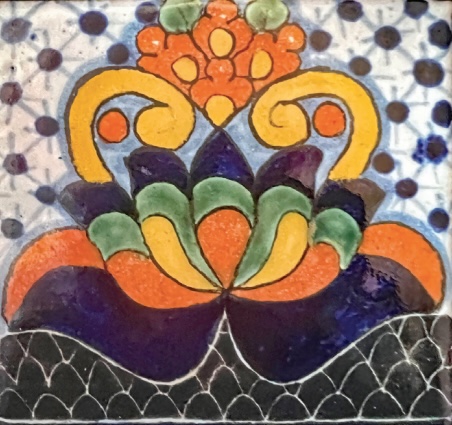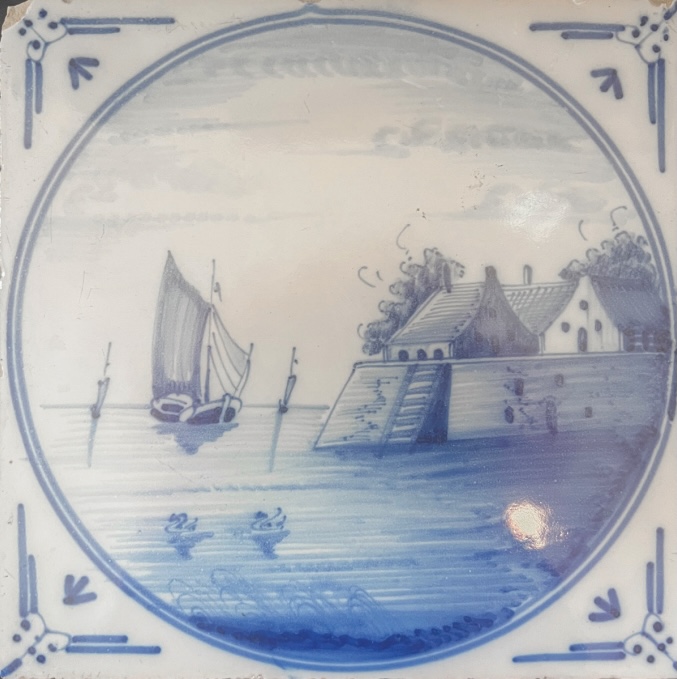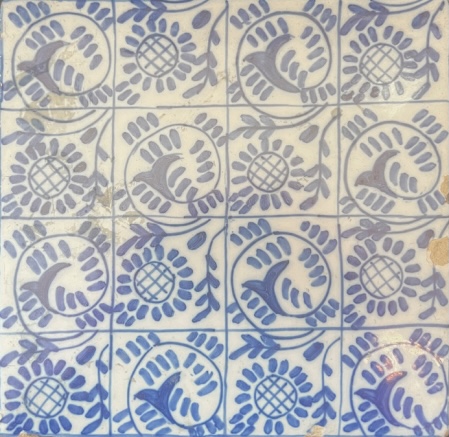Collectors and collections — they go together like love and marriage. And to complete the poem, there are folks who collect horses and carriages.
About a third of Americans collect something, and many collect for decades. Some have multiple collections, and some have so many that they’re said to be hoarders.
Former talk show host Jay Leno owns about 180 cars, ranging from antique vehicles from the early 20th century to notable creations in the 21st. He stores them in his 140,000-square-foot garage, and is still collecting.
In a column in the March/April issue of the Hagerty’s Drivers Club magazine, he wrote about his latest acquisition, a new Dodge Demon 170.
“I couldn’t resist it. This is the last car of its kind that will ever be made. It’s got 1,025 horsepower, and it’s kind of like your sister’s big, dumb boyfriend. It’s a big linebacker that will kick anybody’s ass, go 0-60 in about 2 seconds, and rip an 8-second quarter mile.’
Earlier in the column (headlined “Climb a Mountain or Buy a Dodge”) Leno mourned that he “stupidly passed on a Hispano-Suiza” years ago.
I couldn’t resist it – Jay Leno
There are plenty of options for collectors with less than Leno’s financial heft. Collecting options include books, postcards, stamps, magazines, photographs, butterflies, beer bottles, posters, rocks, tiles, holiday ornaments or almost anything that catches the eye (or ear — vinyl is a collector favorite).
Psychiatrist/neurologist/collector Shirley Mueller explains the collector’s craving. The thrill is in buying and acquiring, not owning. “The anticipation of the reward is more exciting to our pleasure center than possessing it.”

Arcane collectibles can reach larger audiences. For example, antique art tile collectors occupy a niche that has grown substantially in recent decades. Founded in 1992, Wells Tiles & Antiques in Los Angeles in 1992 has seen “explosive” growth in the past 10 years, according to the company’s website.
“The business has evolved into a virtual museum of art pottery & tiles, displaying the largest collection of antique tiles in the country.”
Subcategories include California, Massachusetts, Mexican, Art Nouveau, Victorian and Colorado. Collectors can also focus on particular makers such as the J. and J.G. Low Patent Tile Works, which was founded in 1877 and stayed in business until 1903. Hundreds of thousands of tiles were created in their factory, and many endure.

Some collectors hit the jackpot. For example, a woman bought an old painting for $4 at a New Hampshire thrift store last year. Signed N.C. Wyeth, it turned out to be a once-in-a lifetime bargain, and one linked to Colorado Springs.
The painting was determined to be one of four that Wyeth created as illustrations to a 1939 edition of Springs author Helen Hunt Jackson’s book “Ramona.” The buyer consigned it to a New England auction, where it sold for $191,000.
Collectors enjoy passing the baton to new generations.
In our state, the Taylor C. Kirkpatrick Prize for Book Collecting offers a $1,000 prize and other rewards to book collectors younger than 30 who live in Colorado. Kirkpatrick describes himself as a “Denver bibliophile and philanthropist.” As a bibliophile, he may be concerned about the fate of the printed word in our digital age.
Philanthropist/collectors often create substantial collections in a few years and give them in toto to a public entity.
Such was the case when Denver residents Bill and Bernadette Berger gave their collection of British Art from 1400-2000 to the Denver Art Museum in 1999, shortly before his death. They had assembled their collection in three years, spending about $25 million for 200 paintings.
In 2014, the museum honored the Berger gift with an exhibition, titled “Treasures of British Art 1400-2000,” displaying the 50 paintings that comprised the gift.
In a foreword to the exhibition catalog, museum director Christoph Heinrich applauded the Bergers for their “generous and forward-looking decision that continues to enrich the experience of millions of our visitors by engaging them with the whole spectrum of British art and history.”
